- Bob Cooper, Ensia
- Read Time: 12 mins
 Tiny, biointensive operations show smallholder farmers from around the world how they can grow far more food than conventional approaches.
Tiny, biointensive operations show smallholder farmers from around the world how they can grow far more food than conventional approaches.
 Tiny, biointensive operations show smallholder farmers from around the world how they can grow far more food than conventional approaches.
Tiny, biointensive operations show smallholder farmers from around the world how they can grow far more food than conventional approaches.
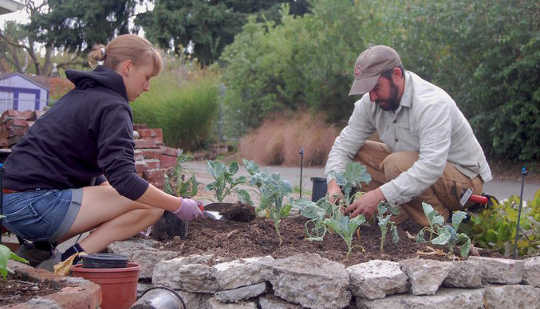 On a recent Monday evening in Seattle’s Central District, a handful of people gathered to work on a community farm. They pulled weeds, talked about the best ways to string up tomatoes, checked the progress of the greens and beans, harvested radishes and planted wildflowers.
On a recent Monday evening in Seattle’s Central District, a handful of people gathered to work on a community farm. They pulled weeds, talked about the best ways to string up tomatoes, checked the progress of the greens and beans, harvested radishes and planted wildflowers.
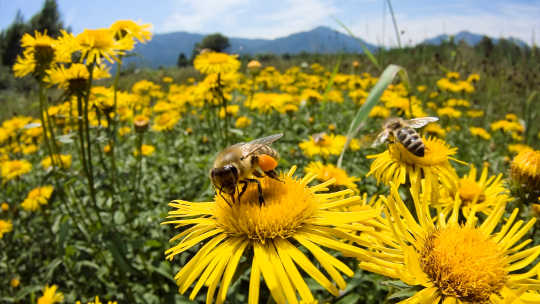 Bees provide us with an invaluable service by pollinating plants, an indispensable part of natural and agricultural ecosystems. This is why declining bee populations are such a big concern.
Bees provide us with an invaluable service by pollinating plants, an indispensable part of natural and agricultural ecosystems. This is why declining bee populations are such a big concern.
 Plant biologists have discovered how sunflowers use their internal circadian clock, acting on growth hormones, to follow the sun during the day as they grow.
Plant biologists have discovered how sunflowers use their internal circadian clock, acting on growth hormones, to follow the sun during the day as they grow.
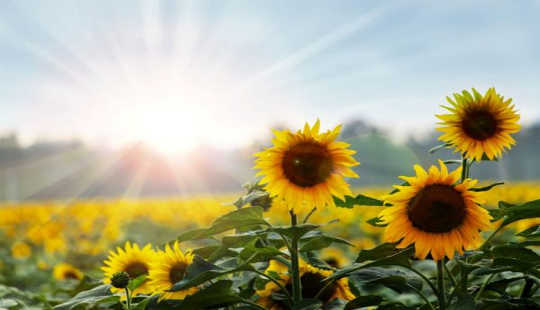 The one fact about plants that most people probably remember from school is that they use sunlight to make their own food. That process, photosynthesis, means that plants are dependent on sunlight.
The one fact about plants that most people probably remember from school is that they use sunlight to make their own food. That process, photosynthesis, means that plants are dependent on sunlight.
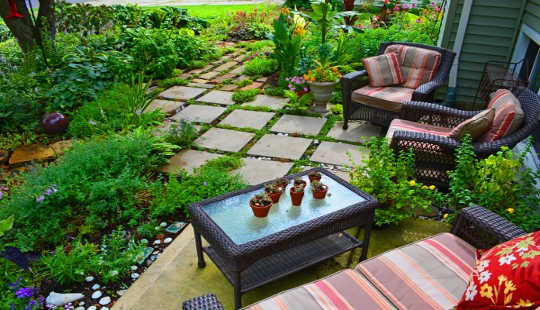 These herbs aren't just for cooking—here's how you can use them to treat ailments from asthma to anxiety.
These herbs aren't just for cooking—here's how you can use them to treat ailments from asthma to anxiety.
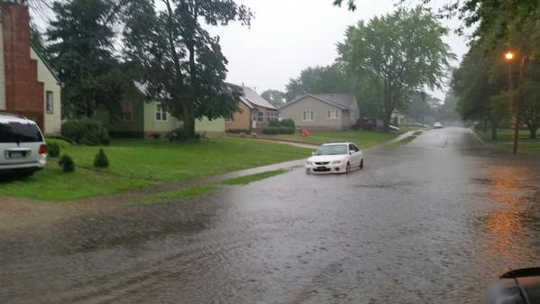 Urban flooding represents the most common yet severe environmental threat to cities and towns worldwide. Future changes in rainfall extremes are likely to increase this threat, even in areas that could become drier.
Urban flooding represents the most common yet severe environmental threat to cities and towns worldwide. Future changes in rainfall extremes are likely to increase this threat, even in areas that could become drier.
 With more people than ever living in cities, how do we reconcile our need for fresh fruit and vegetables with the challenges of life in an urban environment where the time and space for gardening are limited?
With more people than ever living in cities, how do we reconcile our need for fresh fruit and vegetables with the challenges of life in an urban environment where the time and space for gardening are limited?
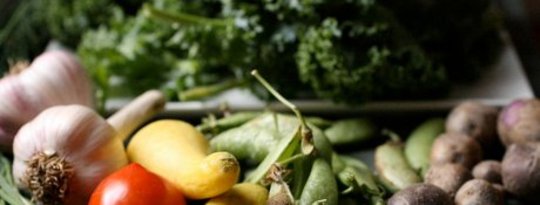
Some farmers have turned to less chemically-intensive techniques to reduce the negative impact of agriculture, such as organic farming, which has been shown to outperform conventional farming by many standards of environmental sustainability. The question is whether we can meet the demand for food, which is predicted to rise substantially in the next 50 years.
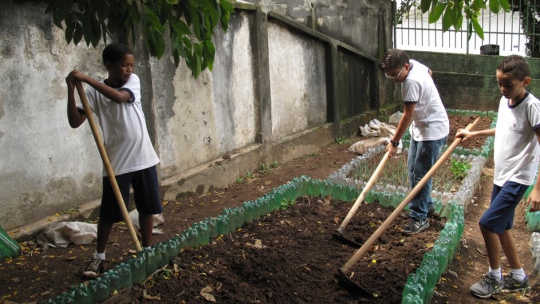
On a hilly slope in São Paulo City, a group of sixth graders is busy at work. They’re armed with seeds, soil and a range of gardening tools. Upside-down soda bottles, filled with water, outline a series of rectangular garden plots.
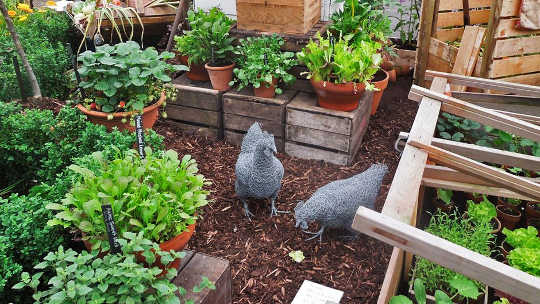 The environmental and nutrient impact of our food choices had been on my mind for several weeks when a year-old article in the Telegraph recently came to my attention, prompting me to assemble the thoughts that had been gradually coalescing.
The environmental and nutrient impact of our food choices had been on my mind for several weeks when a year-old article in the Telegraph recently came to my attention, prompting me to assemble the thoughts that had been gradually coalescing.
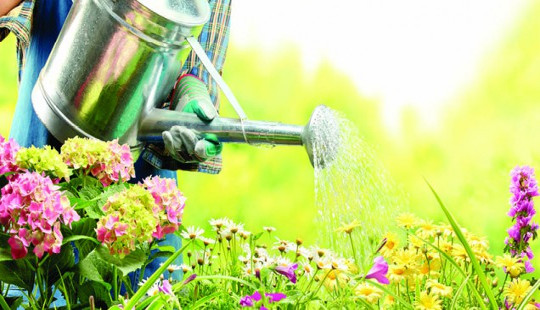 More than half the planet’s population now live in cities, with limited access to the natural world. For Europe and Latin America, the figure is more than 70%. Yet contact with nature has numerous benefits for both our physical and mental health.
More than half the planet’s population now live in cities, with limited access to the natural world. For Europe and Latin America, the figure is more than 70%. Yet contact with nature has numerous benefits for both our physical and mental health.
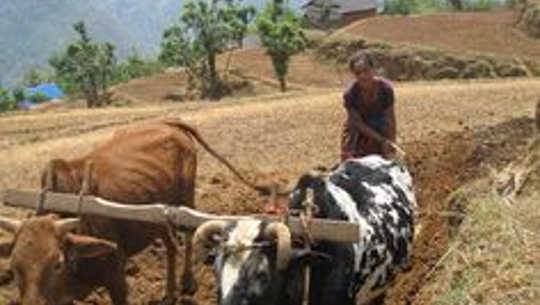 Concerns about environmental damage caused by costly chemicals and worries about climate change are altering farming methods in the mountains of Nepal.
Concerns about environmental damage caused by costly chemicals and worries about climate change are altering farming methods in the mountains of Nepal.
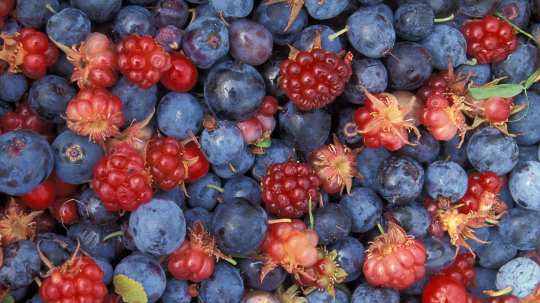 Life, for foragers, can be more secure for the simple fact that they understand crop failures happen. Thus, we learn not to depend wholly on one type of food. The lovely thing about foraging is that there are always alternatives. In nature, there are usually plenty of options, and all of them are free.
Life, for foragers, can be more secure for the simple fact that they understand crop failures happen. Thus, we learn not to depend wholly on one type of food. The lovely thing about foraging is that there are always alternatives. In nature, there are usually plenty of options, and all of them are free.
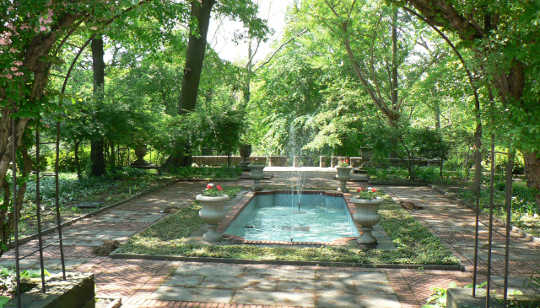 Most people have never heard of Norman Borlaug. He is, thus far, the only agricultural scientist ever to win the Nobel Peace Prize. His work in the development of high-yielding and disease-resistant cereal crops saved more than one billion (yes, billion) people from starvation.
Most people have never heard of Norman Borlaug. He is, thus far, the only agricultural scientist ever to win the Nobel Peace Prize. His work in the development of high-yielding and disease-resistant cereal crops saved more than one billion (yes, billion) people from starvation.
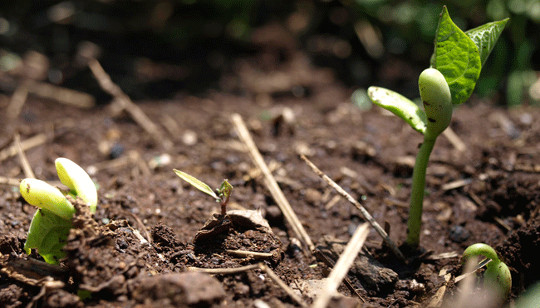 The key to gardening is dirt. If you can grow good dirt now, you can grow good vegetables this spring. And you don’t have to run to the garden store to load up on boxes and bags of stuff to do it if you start early and think of it as a year-round project.
The key to gardening is dirt. If you can grow good dirt now, you can grow good vegetables this spring. And you don’t have to run to the garden store to load up on boxes and bags of stuff to do it if you start early and think of it as a year-round project.
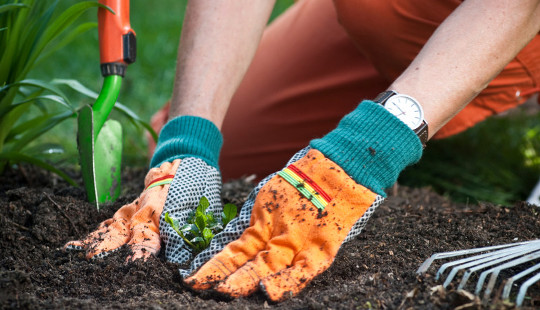 The key characteristic of the loving landscape is healthy, living soils which foster plant and animal health without artificial inputs. Compost, mulch and worms form the holy trinity of organic soil health.
The key characteristic of the loving landscape is healthy, living soils which foster plant and animal health without artificial inputs. Compost, mulch and worms form the holy trinity of organic soil health.
 Drought-stricken regions such as California are trying to restrict water use by residents, and that puts a target on the lawn. But Americans are wedded to the green, even if some resort to artificial lawns and other water-saving alternatives.
Drought-stricken regions such as California are trying to restrict water use by residents, and that puts a target on the lawn. But Americans are wedded to the green, even if some resort to artificial lawns and other water-saving alternatives.
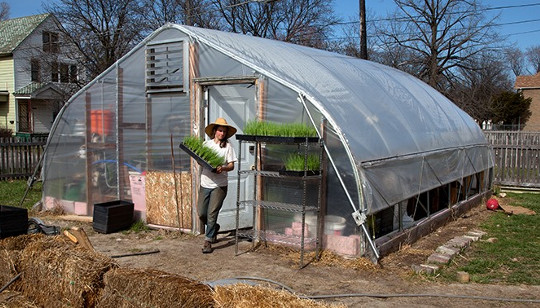 Midway through spring, the nearly bare planting beds of Carolyn Leadley’s Rising Pheasant Farms, in the Poletown neighborhood of Detroit, barely foreshadow the cornucopian abundance to come. It will be many months before Leadley is selling produce from this one-fifth-acre plot.
Midway through spring, the nearly bare planting beds of Carolyn Leadley’s Rising Pheasant Farms, in the Poletown neighborhood of Detroit, barely foreshadow the cornucopian abundance to come. It will be many months before Leadley is selling produce from this one-fifth-acre plot.
 Both compost and mulch foster the life of the soil, and both are important components of the loving landscape. Sometimes they are confused for one another, but they are quite different animals. Compost, which we talked about last week, is more nutrient rich than mulch. It’s full of life, and inoculates soil with that life.
Both compost and mulch foster the life of the soil, and both are important components of the loving landscape. Sometimes they are confused for one another, but they are quite different animals. Compost, which we talked about last week, is more nutrient rich than mulch. It’s full of life, and inoculates soil with that life.
Page 7 of 9

